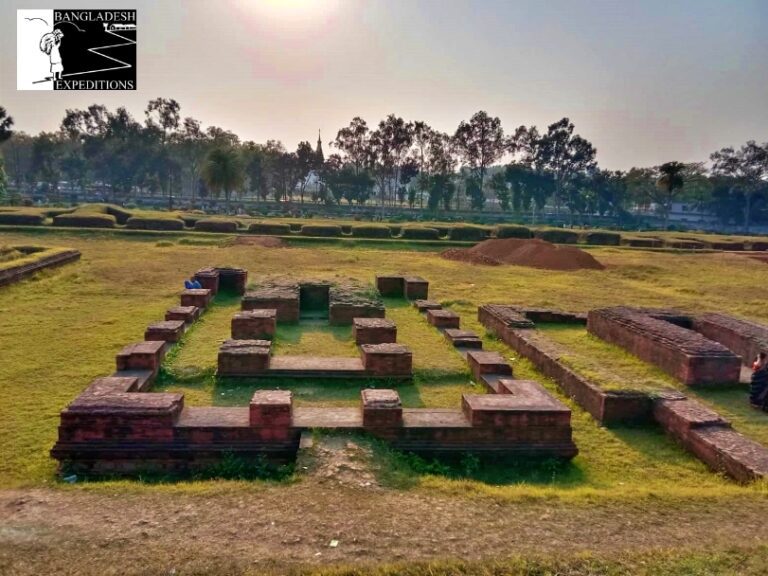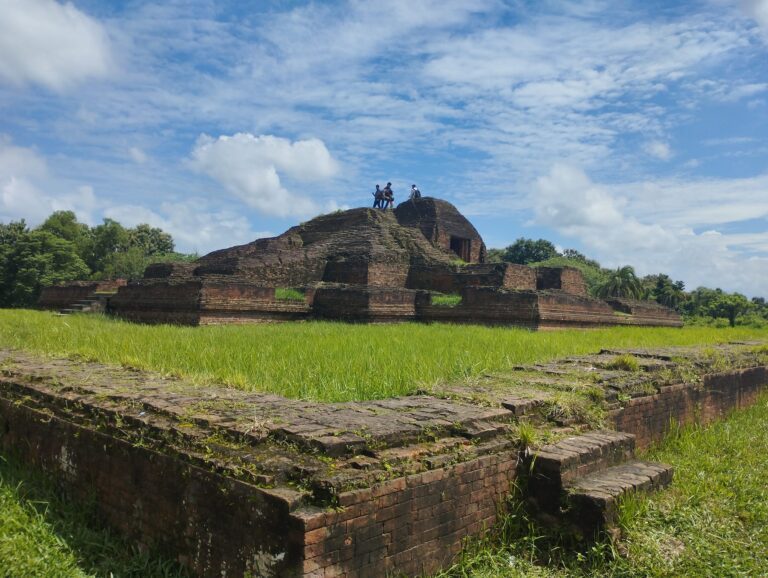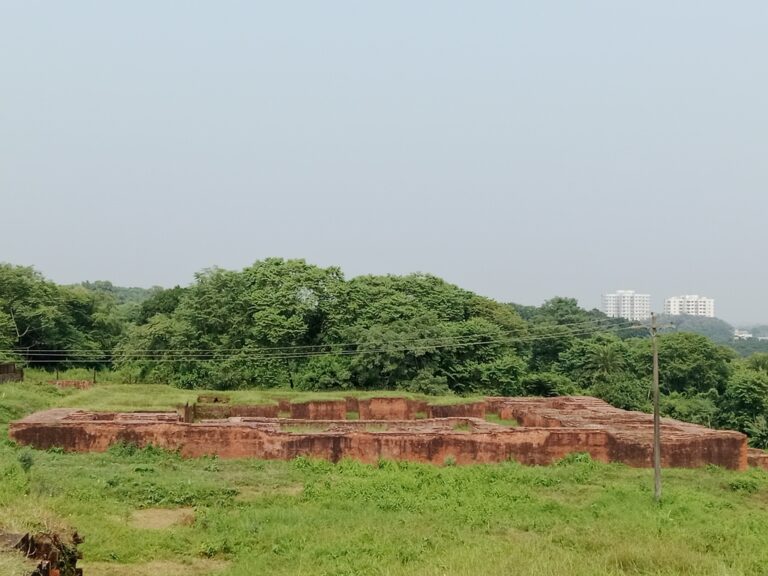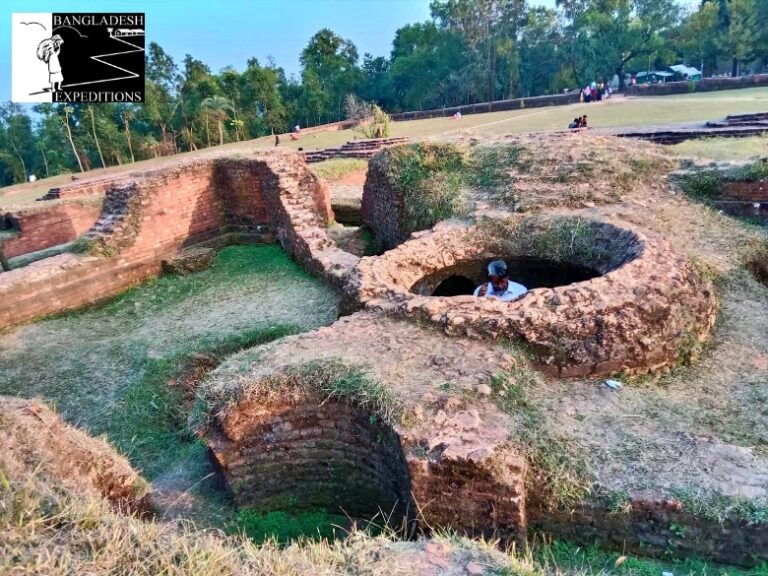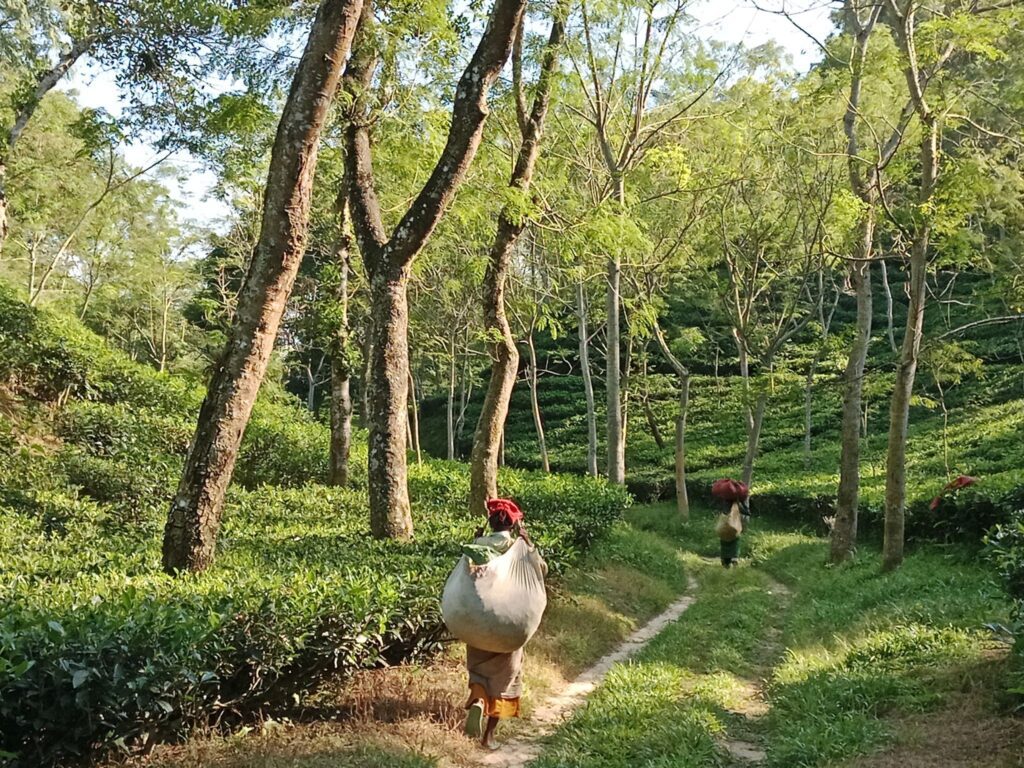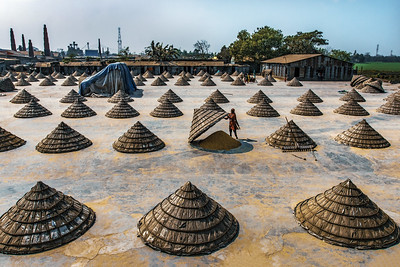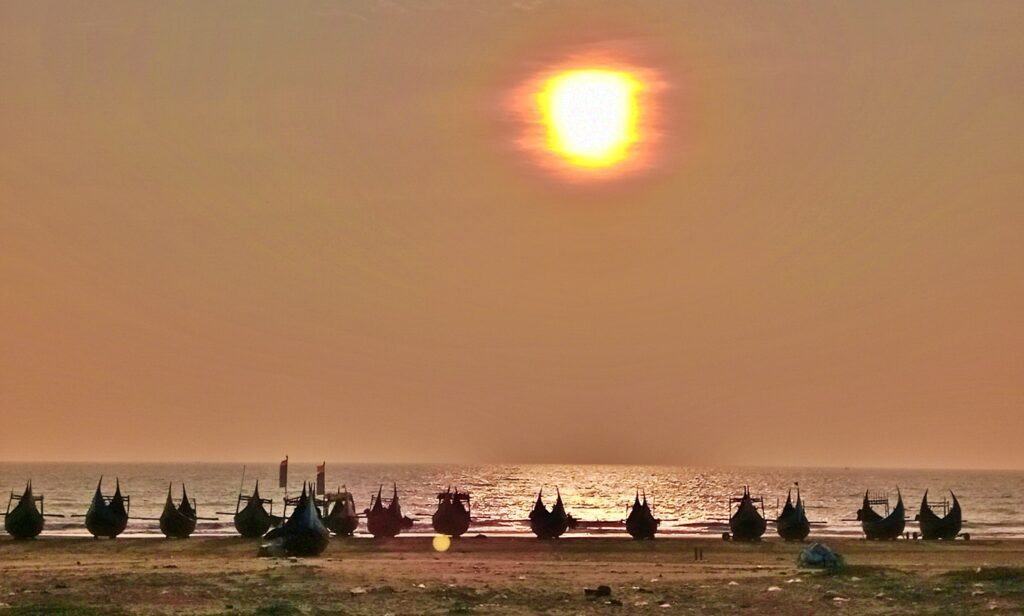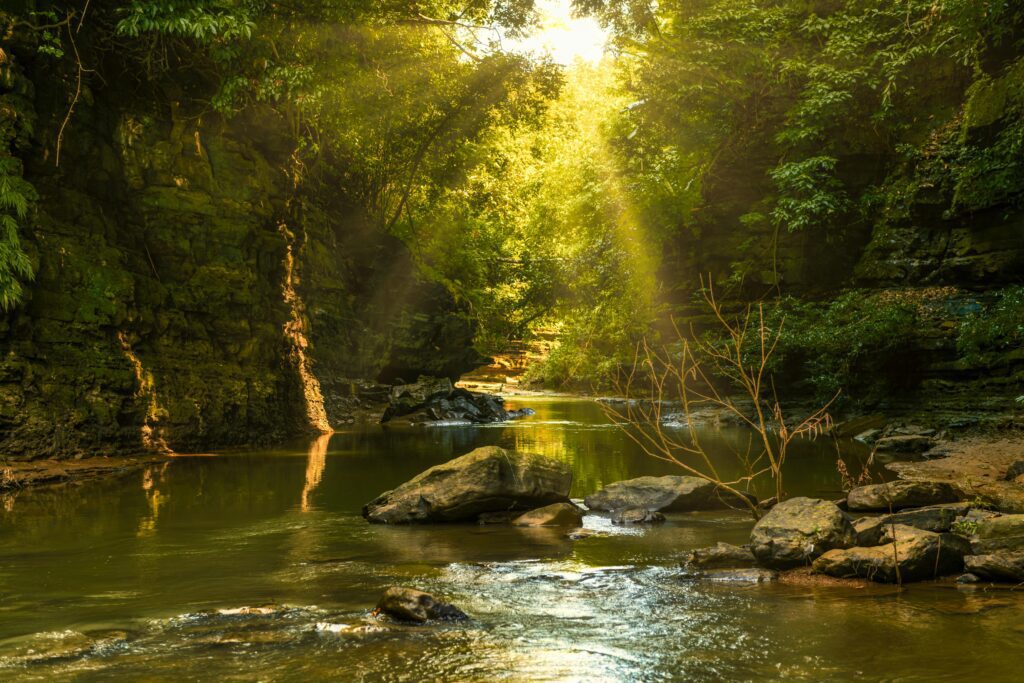Bangladesh was once the full supporter of Buddhism still enduring ecstasy in the different architectural remnants of Temples and monasteries with large number of Buddha image relics, stone and copper plates excavated different times from various parts of the country. The lord Buddha himself visited samatata ( present day Moinamoti Buddhist sites ), Bogra and Bhikrampur on the way to Myanmar via Chittagong for preaching his thoughts.
The Chinese pilgrim visited Samatata, the then Capital city of Bangarastra At the 7th Century AD while he saw Buddhism was in a flourishing condition in Samatata where 2000 to 4000 monks learning in the Sthavira School of about 30 monasteries there.
There are number of bronze miniatures and thirteen copper plates recovered from Moinamoti excavation no less than eight were from Shalvan vihara, one from Ananda vihara and four from Charpatra mura. The three marvels were excavated among them – two of metallurgical engineering skill and one of stone sculpture is a standing Buddha image from Rupban Mura which is the only typical Gupta Buddha image in Bangladesh. The other two marvels are bronze massive Vajrasattva image recovered in the ruins of Bhoja Vihara at Moinamoti.
Nearly 400 coins found at Mainamati about 350 were collected from Shalvan Vihara including few gold coins of the Guptas, Devas and the Khadgas.
Rupban Konnar Bari – Rupban Mura
Rupban Mura is an Important archaeological site Of Mainamati Lying on a hillock just between the modern Bard and BDR establishments in the Kotbari area on the south of the ComillaKalirbazer road.excavations have revealed here the remains of remarkable semi crucuform shirne of medium size (28.2m eas-west, 28m north-south),together with a numberod subsidiary structure.including a octagonl stupa and another one on a square base. A boundary wall within the oblong stupa courtyard enclosed all sides. its regular enterence is on the east , facing the monastery entrance. Deep diggings have revealed three main periods of building and repairs and rebuilding , the earliest corresponding to 6th – 7th centuries AD.Very few remains of the latest period 9 10th-11th centry Ad) survive now in this very heavily disturbed site. Significant discoveries from the site include, besides the colossal stone Buddha, five debased gold coins of Balabhatta, the Khadga rule.
ItaKhola Mura
Itakhola Mura an archaeological site in mainamati. The site, like that of the kutila mura, is one of the most impressive ruins. It lies in three terraces on adjacent hillocks just opposite the rupban mura site across the Kotbari road, Comilla. It served for a long time as a quarry for ancient bricks, hence the name. Excavations have revealed here a grand stupa complex with an attached monastery, located 42m to its north. The cultural phases of the site are stated (or overstated) to be five; the earlier three being still buried underneath the later remains. The Stupa Complex was originally built as a solid stupa in the traditional style on a 13.1m square basement. However, it has one peculiarity; a small sanctum (2.4m x 2.1m) built in the centre of its eastern or front side.
Salvan Vihara
Salvan Vihara of 115 cells built around a spacious courtyard with a cruciform temple in the centre. About 5 kilometres north of Shalvan Vihara is Kutila Mura, which is a picturesque relic of a unique Buddhist establishment. This was once a self-contained Buddhist monastery where, monks lived, studied and prayed.It was the royal palace for the early Buddhist students. Students from various places come here for their meditation and religious learning. During their study period the students stay in the dormitory/cells around the temple. Legend said that Gautama Buddha came to the region to spread Buddhism, and it was speculated that one or two individuals became monks to follow his footsteps.
Ananda Vihara
Ananda Vihara situated in the archaeologically rich Kotbari area near Comilla, is the largest of the mainamati monuments. It also has the largest water tank in the area. This Vihara complex was built by Anandadeva, the third ruler of the early deva dynasty, at the end of the 7th or the beginning of 8th century AD. The contractors and brick hunters damaged this great establishment beyond recognition in 1944-45; the builders of the Cantonment did more damage to it in subsequent years. The excavations carried out here are incomplete. The work done so far has revealed the outlines of a large shalvan vihara type monastery, 198m square in size. The Vihara has similar rows of monastic cells arranged in four wings around a large cruciform shrine that stands majestically in the center of a wide open courtyard.
Prior permission is necessary to visit Ananda Vihara
The ruins of Queen Mainamati Palace
The ruins of Mainamati Palace, also known as the Palace of Queen Maynamati, are of massive historical and cultural importance, demonstrating a substantial archaeological site in Bangladesh. They are not only a physical reminder of the Chandra dynasty and the legendary queen Maynamati, but also provide insights into the rich history of Buddhism and the cultural interactions in the region. The site offers a hint into the architectural and artistic successes of the glorious past, making it a valuable destination for tourists and architectures.

